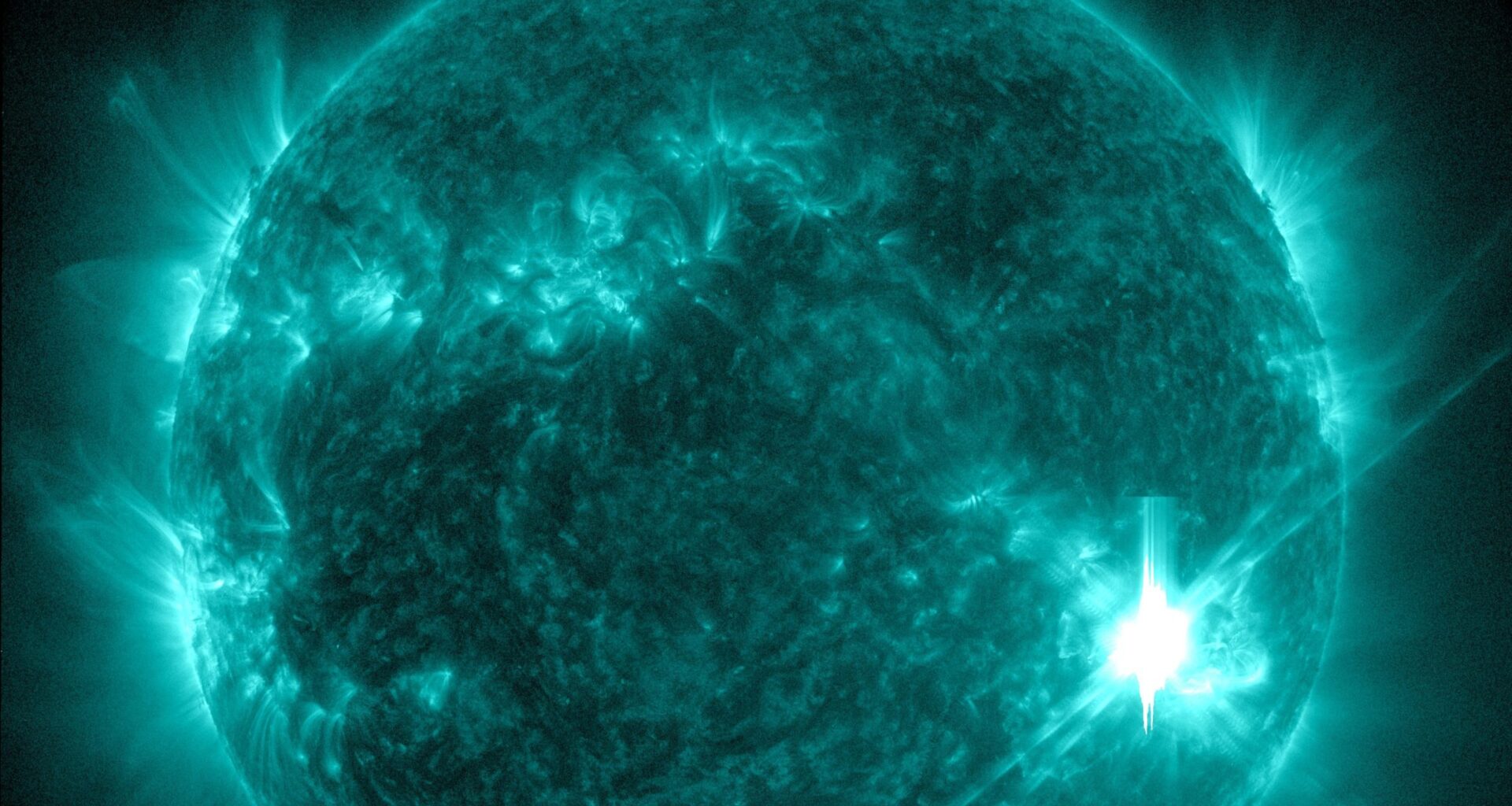India’s Chandrayaan-2 orbiter has logged the first direct evidence of the Sun’s coronal mass ejections (CMEs) changing the pressure of the Moon’s tenuous atmosphere. ISRO confirmed the result over the weekend, citing orbiter data that captured a marked response during a major solar event.
The observation was made on 10th May 2024 when a sequence of CMEs swept past the Moon. Scientists report a clear rise in dayside exospheric pressure coincident with the arrival of solar material at the lunar environment.
ISRO’s announcement follows independent coverage in Indian media highlighting the measurement as a first for any mission at the Moon. The orbiter, operating since 2019, continues to return science data after the lander was lost during descent.
What CHACE-2 Measured
The response was recorded by Chandra’s Atmospheric Composition Explorer-2 (CHACE-2), a neutral mass spectrometer designed to track the composition and variability of the lunar exosphere. CHACE-2 detected a jump in total pressure on the sunlit side of the Moon as the CME stream reached the surface–exosphere system.
ISRO’s analysis attributes the pressure rise to enhanced sputtering: solar particles liberate atoms from the top layer of lunar regolith, feeding the near-surface gas and raising measured pressure. The event offered an uncomplicated test case because the Moon lacks a global magnetic field to deflect incoming plasma.
Space weather monitors classified the 10th May disturbance as an extreme G5-level storm, providing favourable conditions for a clear signature at the Moon. That classification aligns with research summarising the same date’s solar activity.
The result extends long-running efforts to characterise how solar eruptions influence airless bodies. By tying exospheric pressure changes to a dated CME event, the Chandrayaan-2 team adds a quantitative constraint for models used to interpret surface–atmosphere exchange across the inner Solar System.
ISRO says the finding rests on orbiter data gathered during routine operations and points to the value of continuous monitoring through solar cycles. Reporting in national outlets suggested that this outcome was a first-of-its-kind measurement rather than a one-off anomaly.
The full study was published in Geophysical Research Letters.
![]() Published by Ben Ward
Published by Ben Ward
Ben Ward studied English Literature and Language at the University of Bristol. With a background in analytical news writing and an interest in space exploration, his work focuses on the connection between science, history, and language. He has a measured approach to space journalism, always prioritising accuracy. He is interested in how the decisions of private industry, government agencies, and scientific institutions shape the future of space exploration. When not writing, He closely follows updates in Geopolitics, Aerospace and Planetary science, considering how humanity’s presence on earth has an influence far beyond it.

